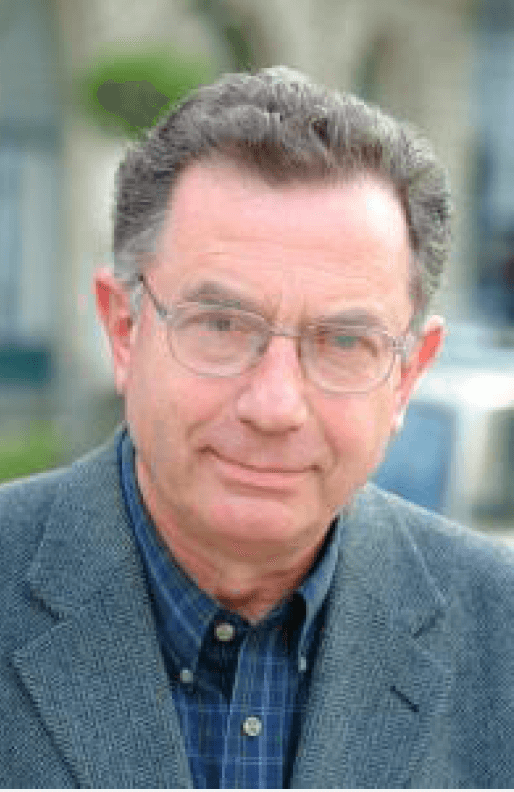A new book, Drive to Curiosity, penned by the Hungarian researcher Istvan Hargitay investigates what fuels the passion for science, in which he also devotes a part to the work of Prof. Dan Shechtman.

On April 1982, XNUMX, alone in the laboratory, chemist Dan Shechtman looked through an electron microscope and saw an impossible pattern. At that moment he discovered the quasi-periodic crystals, the quasi-crystals. But his groundbreaking findings were rejected, even ridiculed, by established scientific doctrines that had existed for many years.
On October 2011, XNUMX, Schechtman was awarded the Nobel Prize in Chemistry.
What made Shechtman stand behind his research? What motivates the people behind the findings that cause the greatest change in scientific theories of the twentieth century? What is the cause of motivation among scientists who sometimes stand out above their peers in achieving breakthrough discoveries?
In order to answer questions such as these, the scientist in the field of physical chemistry and author Dr. Ishtovan Hargitay reviews the careers of 15 great scientists who are responsible for some of the most talked about discoveries of the last century, while examining their motivation. In this book, on ambition and curiosity, Dr. Hargitay provides a perspective from a person who belongs to the inner circles in the field, regarding the history of science in the twentieth century. The writer, who personally knew all the scientists whose careers he reviews, with the exception of two, tells about, among other things:
Dan Shechtman, winner of the 2011 Nobel Prize in Chemistry for his discoveries of quasi-periodic crystals.
James D. Watson, Nobel laureate and co-discoverer of the DNA double helix.
Linus Pauling, Nobel laureate best known for his research on the structure of proteins.
Eduard Teller, a great scientist of the twentieth century who was responsible for breakthroughs in our understanding of the mechanism of nuclear fusion.
George Gamow, a scientist who was a pioneer in his field and who formulated the big bang theory which was initially a target of ridicule.
"Is there a recipe for successful research stories that reach the top? What are the common characteristics of the discoveries that fundamentally changed the world we live in?" asks Wolf Prize winner, scientist Richard N. Zare of Stanford University? "This fascinating book presents 15 case studies that examined these questions in a way that is both inviting and accessible to the audience at the same time."
For each case, Hergitay reveals a particular personality trait, motivating factor, or circumstance that, in addition to curiosity and passion, led these scientists to be responsible for outstanding contributions. For example, Gertrude B. Elion, who discovered drugs that save millions of people, was motivated to find new drugs after the death of her grandfather and fiancé. Ronald Sherwood, who encountered the environmental damage caused by chlorofluorocarbons, eventually felt a moral obligation to become an environmental activist.
Rosalyn Yalow, the co-discoverer of the radioimmunoassay, always felt that she had to prove herself in the face of the prejudice against her as a woman.
When it comes to "science, discovery and scientists," adds Nobel laureate Jean-Marie Lehn, it is important that the right person arrives, at the right time and in the right place." This book provides a thoughtful and rich analysis of the conduct of scientific development with the help of a number of selected test cases. The book is valuable for anyone seeking to gain insight into the various processes underlying the search for knowledge."
About the author: Dr. Istvan Hargittai is the author of the celebrated titles:
• "Judging Edward Teller" (Prometheus Books, 2010);
• the six volume Candid Science series of interviews with famous scientists;
• "The Road to Stockholm: Nobel Prizes," "Science, and Scientists";
• "The Martians of Science: Five Physicists Who Changed the Twentieth Century";
• "The DNA Doctor: Candid Conversations with James D. Watson."
Dr. Hargitay is a research professor at the Budapest University of Technology and Economics. He is a member of the Hungarian Academy of Sciences, a non-member of the Norwegian Academy of Science and Literature and a member of the European Academy in London.
